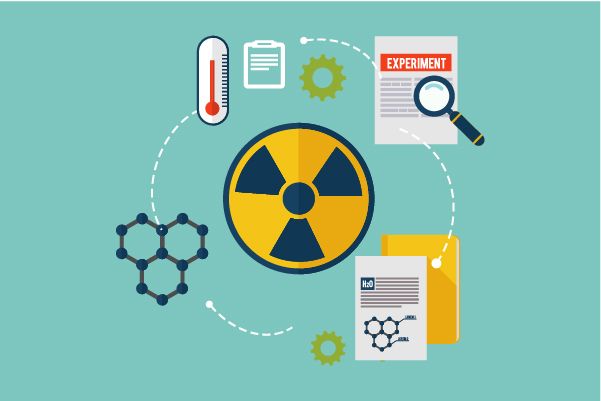What is Phagocytosis?
Phagocytosis is a crucial process in the immune system where certain specialized cells, known as phagocytes, engulf and ingest foreign particles, dead cells, or pathogens such as bacteria and viruses. This process is essential for the body's defense against infections and for maintaining tissue homeostasis.
Key aspects of phagocytosis include:
·Phagocytes: The primary cells involved in phagocytosis include macrophages, neutrophils, and dendritic cells. These cells are part of the innate immune system and are capable of recognizing and responding to foreign substances.
·Recognition: Phagocytes identify pathogens or debris through specific receptors on their surface that recognize molecular patterns associated with the foreign particles.
·Engulfment: Once the target is recognized, the phagocyte extends its plasma membrane around the particle, forming a phagosome, which is a vesicle containing the engulfed material.
·Digestion: The phagosome fuses with a lysosome, an organelle containing digestive enzymes and antimicrobial agents. This fusion results in the formation of a phagolysosome, where the engulfed material is broken down and destroyed.
·Elimination: The digested material is then processed and presented on the cell surface as antigens, which can stimulate the adaptive immune response, involving T cells and B cells.
·Inflammation: Phagocytosis can also trigger an inflammatory response, attracting more immune cells to the site of infection or injury to aid in the clearance of pathogens and promote tissue repair.
Phagocytosis is a vital part of the body's first line of defense and works in conjunction with other immune responses to protect the body from disease and maintain overall health.




